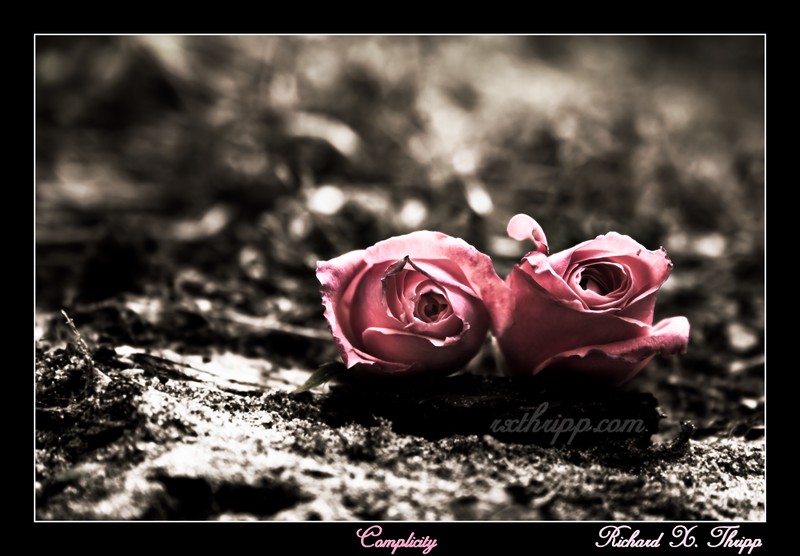
Peter Rise has an interesting question for me:
“When you’re doing action photos, do you use the viewfinder, or an LCD display that you can look at from a distance? What are the advantages/disadvantages for each?
I ask because I’ve been *attempting to* take school basketball pictures lately, which I find extremely difficult. Much more difficult than football or wrestling photos, because basketball is much faster-paced. The ball typically switches players within 1-2 seconds, and by the time I find a good photo, they’re on the opposite side of the court. If you could think of any advice that might be helpful, I’d really appreciate it.”
I use the viewfinder, but I have a digital SLR, where you can’t use the LCD screen anyway. On my smaller Canon PowerShot A620, I have both, but I generally use the LCD, to avoid the parallax error, which is quite bad on my camera, even at far distances. If you notice the LCD screen lagging in low light, the viewfinder is better.
Of course, there is then the issue that point-and-shoot cameras don’t operate well without a flash indoors (even if it’s fairly bright). Have you ever noticed at the basketball game, or any indoor performances, that people from 40 feet away have their flashes flashing away? The flash will do no good at that distance, and they’ll get grainy, under-exposed shots and be disappointed. This is due to two problems: one, they have their cameras set to an automatic mode, and the camera does what it thinks is best, which is in this case, horribly wrong (no flash is the only way to go beyond about ten feet). Two: compact cameras have small sensors that do a poor job at gathering light compared to SLRs. I struggled with this problem for two years before getting a Canon Rebel XTi last August, and found the following options:
1. Use the largest aperture setting (lowest F number), though this won’t be enough alone.
2. Increase your camera’s light sensitivity (ISO speed), though this produces grainier photos (digital noise).
3. Use a tripod, hold really still, or brace the camera against a hard surface such as a chair, table, or wall. Get your subjects to hold still too, though this is not an option at a basketball game, of course.
4. If you can’t do 3, use image stabilization, though you’re out of luck if your camera lacks the feature.
5. Go into manual mode and use a faster shutter speed, deliberately under-exposing your photos, and then brightening them on the computer afterwards. This is a bad option, as it lowers the quality your photos’ quality on many levels: shadow detail is lost; posterization and JPEG compression artifacts become noticeable. It won’t be so bad if you use RAW mode, but if your camera offers RAW mode, it’s probably high-end anyway, and you won’t need this kludge.
6. Take three or four photos where you normally would’ve taken one. You’re likely to get one sharp photo, even with a 1/20 shutter speed.
7. Zoom out all the way, because zooming in magnifies camera shake resulting in photos that are more blurry.
Use 1, 2, 3, 6, and 4 (image stabilization) if you have it (but not on a tripod), and you’ll have a winning combination. 7 works if you have to balance the camera yourself, but you’ll include a lot of clutter and barrel distortion may become noticeable.
For the technical details, use “Sports” mode, or if you have an Aperture Priority mode on your camera, switch to it, raise the ISO speed up to 400, and change the F number to the lowest setting (2.8 on my Canon PowerShot). If the photos are still blurry, raise the ISO speed to 800 (if available), or use a tripod or equivalent.
Even after doing all this, you’ll still have the problem of shutter lag. You press the button, and then 2 seconds later, after automagically choosing focus, aperture, shutter speed, white balance, and the flash to use, the camera takes a photo of the empty side of the court. The biggest thing you can do to combat this is to have the camera make these settings in advance, and this is accomplished in almost every camera by pressing the shutter button down half-way, holding it, and then finally pressing it down all the way at the right moment. Keep in mind that your locking in the settings with the half-click, so if you do it on the dimly lit edges of the court and then move to the bright center, you’ll get a photo that’s too bright, and moving close-to-far or vice-versa will merit an out-of-focus image.
If it’s really dark, you’ll have to manually focus the camera. Many compacts don’t offer this, so try locking the settings with a half-click, pointing toward a bright object that is as far away as your darker subject.
If you’re looking for a camera for ambient-light photography, but don’t want to invest in a good digital SLR ($450 for the Canon Rebel XT on Amazon.com), the Panasonic Lumix DMC-LZ6S ($120) and Fujifilm FinePix F40fd ($184) are getting good reviews.
If you are going to be using the flash, 7 Strategies for Avoiding Flash Blow Out at Digital Photography School complements this article.
I took the photo at the top in a dimly lit theater, with a Fujifilm FinePix A360 digital compact (more photos) in auto mode with the flash off. 1/2 shutter speed, ISO250; had to brace the camera on the seat in front of me.
Keywords: low light, ambient light, lighting, dark, indoors, basketball court, flashless photography on the cheap, sensors, iso speed, shutter lag, how-to, suggestions, digital compacts, digital point-and-shoot cameras, p&s, a beginner’s guide





 This is along the same thread as
This is along the same thread as 




 Buy
Buy 